China, a vast and diverse country, is home to a rich array of wildlife. However, when it comes to wild birds, the country faces a puzzling situation with a notably sparse population.
Despite its vast landmass and varied ecosystems, China has experienced a decline in its wild bird numbers over the years. This phenomenon has raised concerns among scientists, conservationists, and bird enthusiasts alike.
Understanding why are there so few wild birds in China is crucial for conservation efforts and maintaining ecological balance.
In this article, we will explore some of the key factors contributing to the decline in China’s wild bird population, including habitat loss, pollution, hunting, and the impact of urbanization.
By shedding light on these issues, we can gain insights into the challenges faced by China’s avian species and the importance of protecting their habitats for future generations.
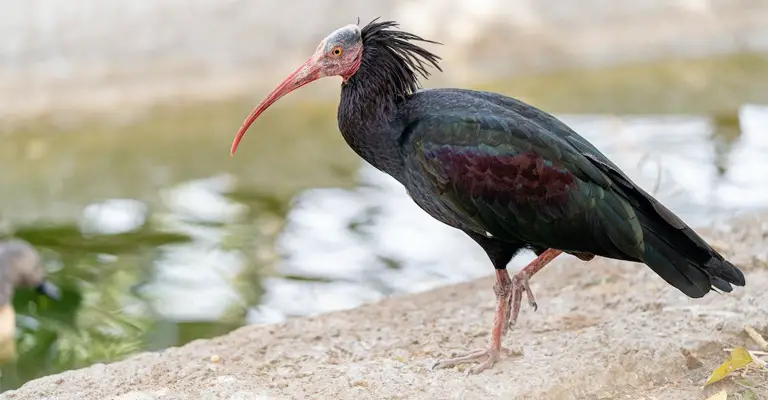
Why Are There So Few Wild Birds in China?
The decline in wild bird populations in China can be attributed to several factors. Here are some reasons that contribute to the decrease in the number of wild birds in the country:
Habitat Loss and Degradation
One of the primary reasons for the decline in wild bird populations is habitat loss and degradation. China has experienced rapid urbanization and industrialization, leading to the destruction of natural habitats such as forests, wetlands, and grasslands.
These habitats are crucial for birds as they provide nesting sites, food sources, and migration routes. The conversion of natural areas into agricultural land, infrastructure development, and pollution further exacerbate the problem.
Agricultural Intensification
China’s agricultural practices have undergone significant intensification in recent years. The expansion of monoculture farming, excessive use of pesticides and fertilizers, and the loss of traditional farming practices have negatively impacted bird populations.
Birds rely on diverse habitats and food sources, but intensive agriculture reduces the availability of insects, seeds, and other food resources, leading to a decline in bird populations.
Illegal Hunting and Trade
Illegal hunting and trade of wild birds pose a significant threat to their populations. Despite regulations and conservation efforts, the demand for wild birds as pets, food, and traditional medicine remains high in some regions of China.
This illegal trade not only directly affects bird populations but also disrupts ecosystems and biodiversity.
Climate Change
Climate change is a global issue that affects bird populations worldwide, including China. Rising temperatures, altered precipitation patterns, and extreme weather events can disrupt bird migration patterns, breeding cycles, and food availability.
These changes can lead to mismatches between birds and their habitats, affecting their survival and reproduction.
Pollution
China’s rapid industrialization has resulted in severe pollution problems, including air, water, and soil pollution.
Birds are highly sensitive to pollution, and exposure to toxic substances can lead to reduced breeding success, weakened immune systems, and overall population decline.
Pollution also affects the availability of clean water and food sources for birds, further exacerbating their decline.
Invasive Species
The introduction of non-native species can have detrimental effects on native bird populations. Invasive species, such as certain plants and animals, can outcompete native species for resources, disrupt ecosystems, and even prey on native birds and their eggs.
Lack of Awareness and Conservation Efforts
Inadequate public awareness and limited conservation efforts have also played a role in the decline of wild bird populations in China.
While there are conservation organizations and initiatives in the country, more comprehensive and coordinated efforts are needed to address the various threats faced by birds.
Public education, habitat restoration, and stricter enforcement of wildlife protection laws are crucial for the conservation of wild birds.
How Many Birds Are There in China?
Estimating the exact number of birds in China is challenging due to the vastness of the country and the diversity of its ecosystems.
However, China is known for its rich avian biodiversity, with over 1,400 bird species recorded. Here are some notable bird species found in China:
Crested Ibis (Nipponia nippon)
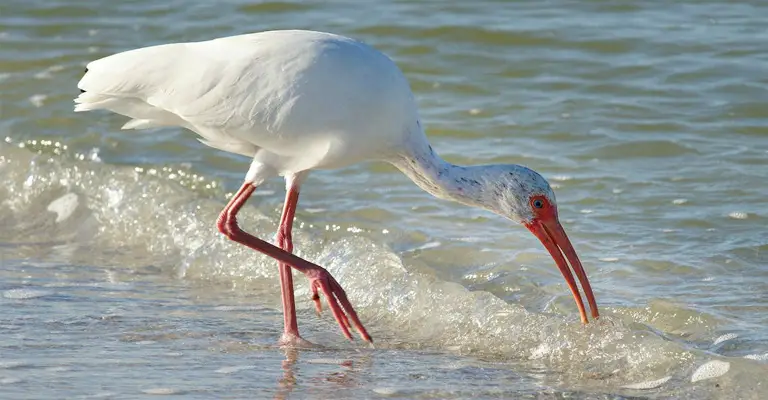
The Crested Ibis is an iconic bird species in China and is considered critically endangered. It is known for its distinctive appearance, with a white body, black wingtips, and a long, curved bill.
The species was once thought to be extinct in the wild but has been successfully reintroduced through conservation efforts.
Black-necked Crane (Grus nigricollis)
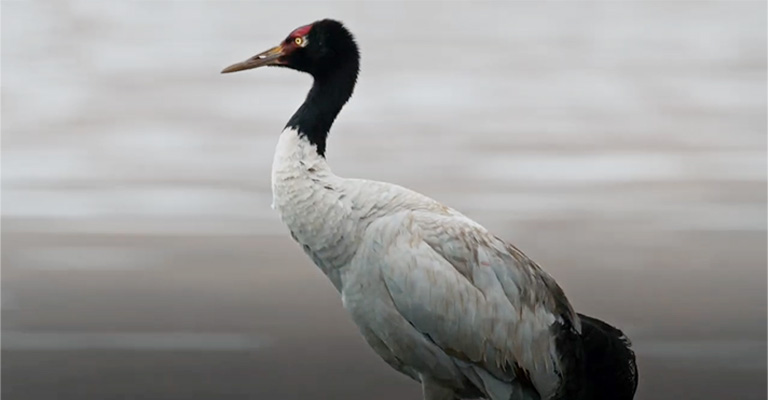
The Black-necked Crane is a large bird species found in the high-altitude regions of China, including the Tibetan Plateau.
It is revered in Tibetan culture and is considered a symbol of good fortune. The species is listed as vulnerable and faces threats from habitat loss and degradation.
Siberian Crane (Leucogeranus leucogeranus)
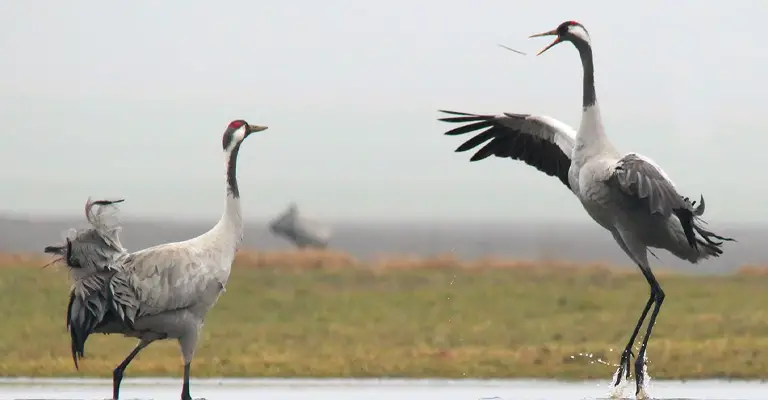
The Siberian Crane is a migratory bird species that breeds in the Arctic regions of Russia and winters in China.
It is one of the most endangered crane species globally, with only a few hundred individuals remaining. The species faces threats from habitat loss, hunting, and disturbance along its migration routes.
Chinese Egret (Egretta eulophotes)
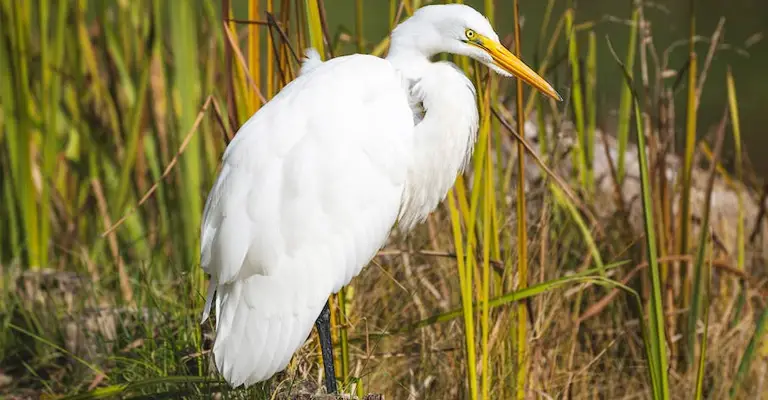
The Chinese Egret is a medium-sized white heron species found along the coastlines and wetlands of China. It is known for its elegant appearance and is considered vulnerable due to habitat loss and disturbance.
The species is highly migratory, breeding in China and wintering in Southeast Asia.
Chinese Monal (Lophophorus lhuysii)
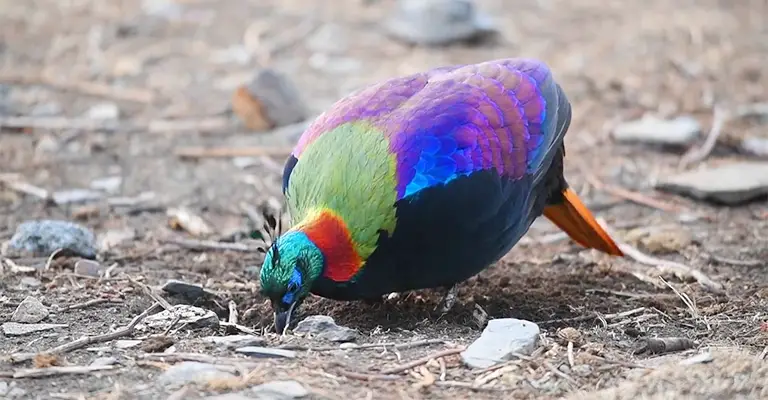
The Chinese Monal is a colorful pheasant species endemic to the mountains of western China. The male has a striking plumage with iridescent green, blue, and coppery feathers. It is listed as vulnerable due to habitat loss and hunting for its feathers and meat.
Reeves’s Pheasant (Syrmaticus reevesii)
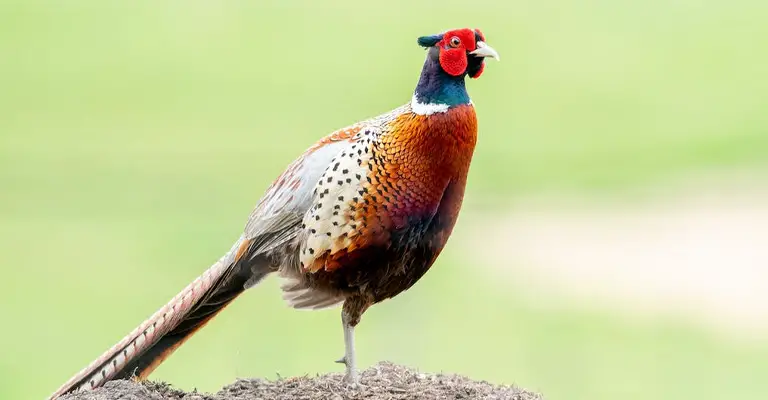
Reeves’s Pheasant is a large, long-tailed bird species found in the forests of central and eastern China.
The male has a distinctive plumage with a golden crest, red face, and long, white-tipped tail feathers. It is considered vulnerable due to habitat loss and hunting.
Chinese Bamboo Partridge (Bambusicola thoracicus)
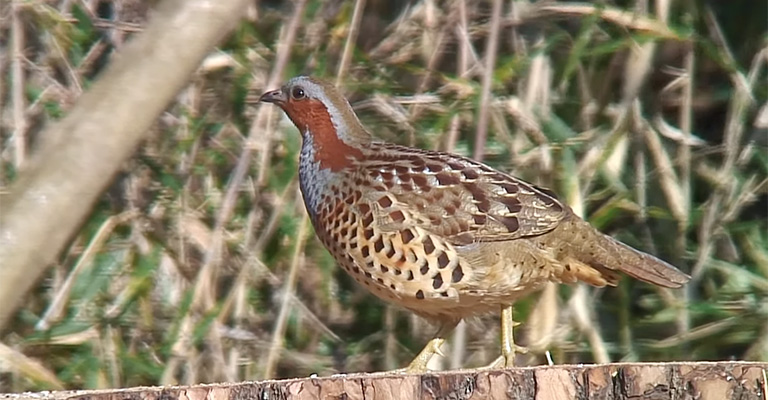
The Chinese Bamboo Partridge is a small game bird species found in the bamboo forests of southern China. It has a mottled brown plumage and is known for its secretive behavior. The species is threatened by habitat loss and hunting.
Case Studies of Successful Bird Conservation Efforts in China
China has made significant efforts in bird conservation, and several successful case studies highlight the positive outcomes of these conservation initiatives. Here are a few examples:
Conservation of the Crested Ibis
The Crested Ibis (Nipponia nippon) is a critically endangered bird species that was once on the brink of extinction. In the 1980s, only seven individuals remained in the wild.
However, through dedicated conservation efforts, including captive breeding and habitat restoration, the population has increased to over 500 individuals.
The reintroduction of the Crested Ibis into its natural habitat in Shaanxi and Sichuan provinces has been a remarkable success story in China’s bird conservation.
Protection of the Black-necked Crane
The Black-necked Crane (Grus nigricollis) is an iconic bird species in China, and its conservation has been a priority.
The establishment of protected areas, such as the Black-necked Crane Nature Reserve in Tibet, has played a crucial role in safeguarding their breeding and wintering habitats.
Conservation organizations have also worked with local communities to raise awareness and reduce human disturbances. As a result, the population of Black-necked Cranes has shown a positive trend, with around 7,000 individuals in China.
Conservation of the Scaly-sided Merganser
The Scaly-sided Merganser (Mergus squamatus) is a globally endangered duck species that breeds in northeastern China.
Conservation efforts have focused on protecting its breeding habitats, including the establishment of nature reserves and wetland restoration projects.
These initiatives have helped stabilize the population, and the Scaly-sided Merganser has shown signs of recovery in recent years.
Protection of the Chinese Crested Tern
The Chinese Crested Tern (Thalasseus bernsteini) is a critically endangered seabird species that breeds in coastal areas of China.
Due to habitat loss and disturbance, the population declined dramatically, with only a handful of individuals remaining.
Conservation organizations, in collaboration with local communities, have implemented measures to protect nesting sites, control human activities, and raise awareness.
These efforts have resulted in an increase in the number of breeding pairs, offering hope for the recovery of this rare tern species.
Conservation of the Spoon-billed Sandpiper
The Spoon-billed Sandpiper (Calidris pygmaea) is a critically endangered migratory bird that relies on coastal wetlands in China during its migration.
Conservation organizations have been working to protect key stopover sites and raise awareness about the threats faced by this species.
Captive breeding programs have also been initiated to supplement the wild population.
These combined efforts have contributed to the stabilization of the Spoon-billed Sandpiper population and have highlighted the importance of international collaboration for its conservation.
FAQs
The scarcity of wild birds in China can be attributed to various factors, including habitat loss and degradation, agricultural intensification, illegal hunting and trade, climate change, pollution, invasive species, and a lack of awareness and conservation efforts.
Habitat loss is a significant factor in the decline of bird populations in China. Rapid urbanization, industrialization, and conversion of natural areas into agricultural land have resulted in the destruction and fragmentation of bird habitats.
Agricultural intensification in China, including the expansion of monoculture farming and the use of pesticides and fertilizers, has negatively impacted bird populations.
Intensive agriculture reduces the availability of diverse food sources for birds, such as insects and seeds, leading to a decline in their numbers.
Illegal hunting and trade of wild birds pose a significant threat to their populations. Despite regulations and conservation efforts, the demand for wild birds as pets, food, and traditional medicine remains high in some regions of China.
Climate change has a global impact on bird populations, including those in China. Rising temperatures, altered precipitation patterns, and extreme weather events can disrupt bird migration patterns, breeding cycles, and food availability.
Final Words
The scarcity of wild birds in China is a complex issue with multiple contributing factors. Habitat loss, pollution, hunting, and urbanization have all played a role in the decline of bird populations across the country.
Recognizing the importance of preserving and restoring natural habitats, implementing effective conservation measures, and raising awareness about the value of wild birds are crucial steps toward reversing this trend.
By protecting the diverse avian species that call China home, we not only safeguard the country’s natural heritage but also contribute to the overall health and balance of ecosystems.
It is our collective responsibility to work towards creating a sustainable future where wild birds can thrive once again.
Through concerted efforts, we can ensure that the skies of China are once again filled with the vibrant colors and melodious songs of its native bird species.